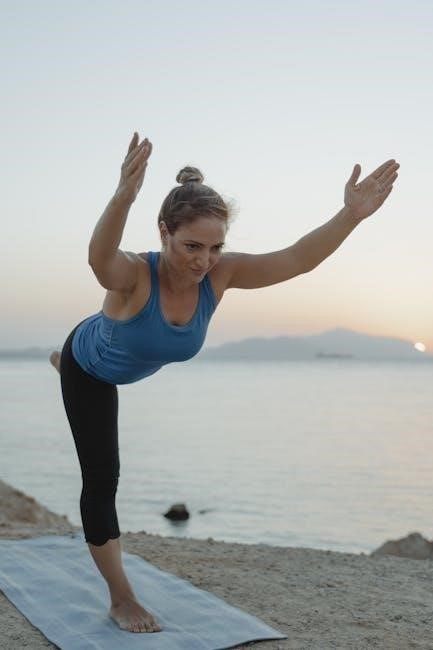De Quervain’s exercises target the tendons and muscles around the thumb and wrist, helping to alleviate pain and inflammation caused by De Quervain’s tenosynovitis․ These exercises focus on stretching, strengthening, and improving range of motion to promote healing and prevent further strain․ Regular practice can significantly enhance hand function and reduce discomfort, making them a cornerstone of treatment and recovery․
1․1 Overview of De Quervain’s Tenosynovitis
De Quervain’s tenosynovitis is a painful condition affecting the tendons on the thumb side of the wrist․ It occurs when the tendon sheath becomes inflamed or thickened, causing pain and limited mobility․ This condition is often linked to repetitive wrist or thumb movements, such as those involved in gaming, gardening, or playing musical instruments․ Symptoms include tenderness, swelling, and difficulty gripping objects․ If left untreated, it can lead to chronic discomfort and impaired hand function․ Early diagnosis and intervention, including targeted exercises, are crucial for managing the condition effectively and restoring normal wrist and thumb movement․ Proper treatment can prevent long-term complications and enhance overall hand health․
1․2 Importance of Exercises in Managing the Condition
Exercises play a vital role in managing De Quervain’s tenosynovitis by strengthening the muscles and tendons in the hand and forearm․ They help reduce pain and inflammation, improve range of motion, and restore functionality; Regular practice enhances blood flow to the affected areas, promoting healing and preventing further strain․ Stretching and strengthening routines can alleviate stiffness and improve grip strength, making daily activities easier․ Consistency in performing these exercises is key to achieving long-term relief and avoiding recurrence․ Additionally, exercises empower patients to take an active role in their recovery, reducing reliance on passive treatments․ Properly designed routines, often detailed in educational resources like PDF guides, ensure safe and effective progression, tailored to individual needs and stages of recovery․
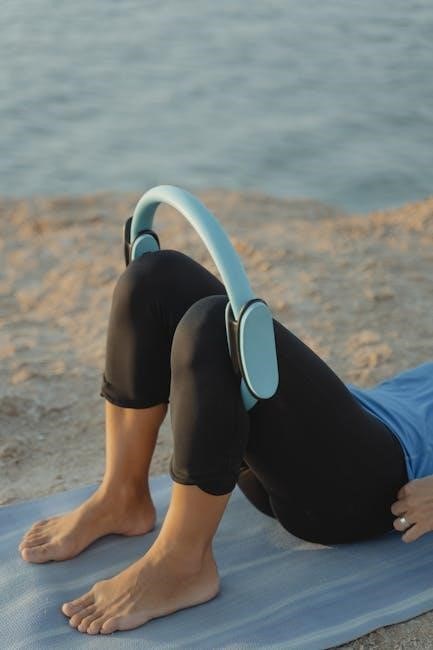
Understanding De Quervain’s Tenosynovitis
De Quervain’s tenosynovitis is inflammation of tendons on the thumb side of the wrist, causing pain, swelling, and limited movement․ It affects the tendons and their sheaths, leading to discomfort and mobility issues․
2․1 Definition and Causes
De Quervain’s tenosynovitis is a condition characterized by inflammation of the tendons and their surrounding sheaths on the thumb side of the wrist․ It primarily affects the abductor pollicis longus and extensor pollicis brevis tendons, which are responsible for thumb movement․ The exact cause is often unclear, but it is linked to repetitive hand and wrist motions, such as gripping, twisting, or repetitive thumb use․ Activities like texting, gaming, or repetitive work tasks can contribute․ Intrinsic factors, such as tendon anatomy or fluid retention, may also play a role․ The condition leads to pain, swelling, and limited mobility, making everyday tasks challenging․ Understanding its causes is key to effective management․
2;2 Symptoms and Diagnosis
De Quervain’s tenosynovitis typically presents with pain and swelling on the thumb side of the wrist, especially during activities like gripping or twisting․ Patients may experience tenderness, warmth, and limited thumb movement․ A hallmark symptom is pain when tucking the thumb into the palm or lifting the thumb away from the wrist․ Diagnosis is primarily clinical, relying on patient history and physical examination․ The Finkelstein test, which involves tucking the thumb into the palm and bending the wrist toward the little finger, is often used to confirm the condition․ Imaging, such as ultrasound or MRI, may be used to rule out other causes but is not always necessary․ Early detection is crucial for effective management․
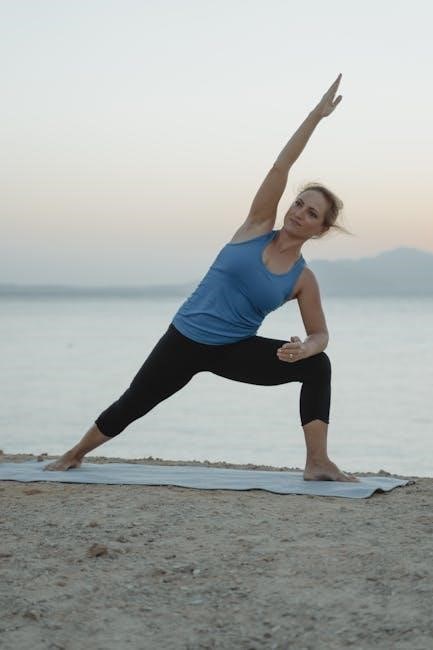
Role of Physical Therapy in De Quervain’s
Physical therapy plays a vital role in managing De Quervain’s by improving tendon mobility, reducing inflammation, and strengthening the wrist and thumb through targeted exercises․
3․1 Benefits of Exercise for Tendon Health
Exercise is crucial for maintaining tendon health, particularly in managing De Quervain’s․ It promotes tendon flexibility, reducing stiffness and improving mobility․ Regular stretching and strengthening exercises can prevent tendon thickening, a common issue in De Quervain’s․ Additionally, exercises enhance tendon gliding, allowing tendons to move smoothly within their sheaths, which reduces friction and inflammation․ Strengthening the forearm and hand muscles also provides better support to the tendons, minimizing strain․ Over time, consistent exercise improves blood flow to the tendons, fostering healing and reducing the risk of further injury․ These benefits collectively contribute to the effective management of De Quervain’s and support long-term tendon health․
3․2 How Exercises Alleviate Pain and Inflammation
Exercises play a vital role in reducing pain and inflammation associated with De Quervain’s tenosynovitis․ Gentle stretching helps relax tense tendons and muscles, diminishing discomfort and stiffness․ Strengthening exercises improve muscle support around the affected tendons, reducing strain and alleviating pain․ Range-of-motion exercises promote blood flow, which aids in reducing inflammation and healing the tendons․ Additionally, tendon gliding exercises prevent tendons from adhering to their sheaths, minimizing irritation․ These exercises also strengthen the surrounding tissues, providing stability and reducing the risk of further injury․ By addressing both pain and inflammation, exercises create a conducive environment for recovery and long-term management of De Quervain’s․
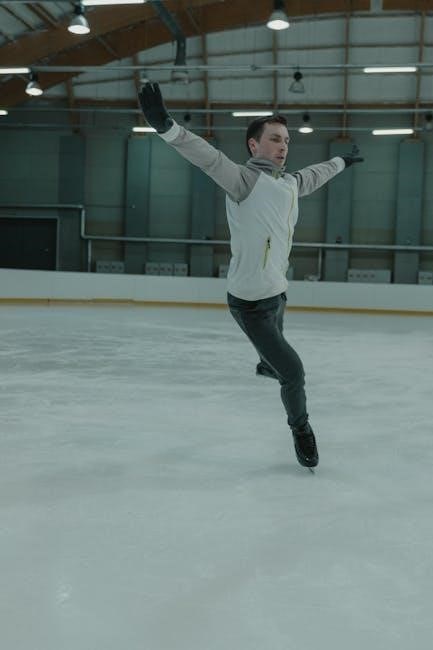
Common Exercises for De Quervain’s
Common exercises for De Quervain’s include stretching, strengthening, and range-of-motion activities tailored to alleviate symptoms, improve mobility, and enhance overall tendon health for optimal recovery․
4․1 Stretching Exercises for the Thumb and Wrist
Stretching exercises are essential for managing De Quervain’s tenosynovitis, focusing on the thumb and wrist to reduce stiffness and pain․ Common stretches include thumb extensions, where the thumb is gently pulled away from the palm, and wrist flexor stretches, targeting the forearm muscles․ These exercises help relieve tension in the tendons and improve joint mobility․ Additionally, tendon gliding exercises, which involve moving the thumb through various positions, can enhance flexibility and reduce inflammation․ Regular stretching can prevent tendon irritation and improve grip strength, making daily activities easier․ Consistency is key to achieving long-term relief and preventing recurrence of symptoms․
4․2 Strengthening Exercises for the Forearm and Hand
Strengthening exercises for the forearm and hand are crucial in managing De Quervain’s tenosynovitis, as they enhance muscle endurance and support tendon health․ Wrist extension exercises, using light weights or resistance bands, help strengthen the extensor muscles․ Grip strengthening, such as squeezing a rubber ball, improves hand function and reduces strain on the tendons․ Forearm pronation and supination exercises, involving turning the palm up and down, also boost muscle strength․ These exercises not only alleviate symptoms but also improve overall hand and wrist functionality, making daily activities easier․ Consistent practice of these exercises can prevent recurrence and promote long-term recovery․
4․3 Range-of-Motion Exercises to Improve Flexibility
Range-of-motion exercises are essential for improving flexibility and reducing stiffness in the thumb and wrist․ These exercises involve gentle movements that promote joint mobility without putting excessive strain on the tendons․ Examples include thumb flexion and extension, where the thumb is gently bent toward the palm and then straightened․ Wrist rotation exercises, such as turning the wrist in a circular motion, also enhance flexibility․ Regular practice of these exercises helps restore normal movement patterns, reduces stiffness, and improves overall hand function․ By maintaining flexibility, individuals can better manage De Quervain’s symptoms and prevent further discomfort․ Consistency is key to achieving long-term benefits․
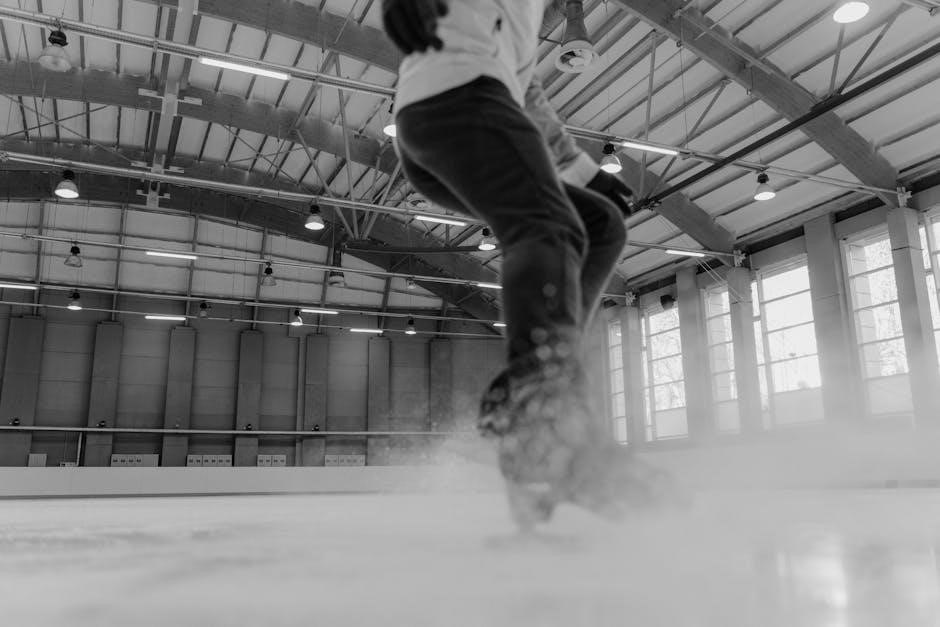
Step-by-Step Exercise Guide
A structured approach to performing De Quervain’s exercises, including wrist stretches, thumb extensions, and tendon glides, to ensure proper technique and progress․ Consistency aids recovery․
5․1 Wrist and Thumb Stretching Techniques
Wrist and thumb stretching is essential to improve flexibility and reduce stiffness․ Start with the wrist extension stretch: place your forearm on a flat surface, palm down, and gently lift your hand upward․ Hold for 20-30 seconds and repeat 3-4 times․ For the thumb extension stretch, extend your thumb away from the palm while gently pulling it with your other hand․ Hold for 15-20 seconds and repeat 5 times on each hand․ Additionally, perform thumb rotations by rotating your thumb in circular motions, first clockwise and then counterclockwise, for 5-10 repetitions․ Consistency in these stretches helps alleviate tension and promotes healing․ Always stretch gently to avoid pain․
5․2 Grip Strengthening Exercises
Grip strengthening exercises are crucial for restoring hand and forearm function․ Start with squeezing a rubber ball or hand grip: hold the ball in your palm, squeeze it gently for 5-10 seconds, and release․ Repeat 10-15 times․ For finger extensions, place a light weight or resistance band on your fingers․ Open your hand against the resistance, then slowly lower․ Perform 3 sets of 10 repetitions․ Additionally, use a thumb gripper to target the thumb muscles: squeeze and hold for 5 seconds, repeat 10-12 times․ These exercises improve grip strength and endurance, reducing strain on the tendons․ Begin with light resistance and gradually increase intensity as comfort allows․
5․3 Tendon Gliding Exercises
Tendon gliding exercises focus on improving tendon mobility and reducing stiffness in the wrist and thumb․ These exercises help restore smooth tendon movement, essential for recovery․ Begin with a thumb extension glide: gently pull your thumb away from your palm, holding for 5 seconds․ Repeat 10 times․ Next, perform a wrist flexor glide by bending your wrist upward, then gently pulling your thumb toward your forearm․ Hold for 5 seconds and repeat 10 times․ Finally, do a combined glide by bending your wrist and extending your thumb simultaneously․ These exercises promote tendon health and prevent adhesions, enhancing overall wrist function․ Perform them 2-3 times daily for optimal results․
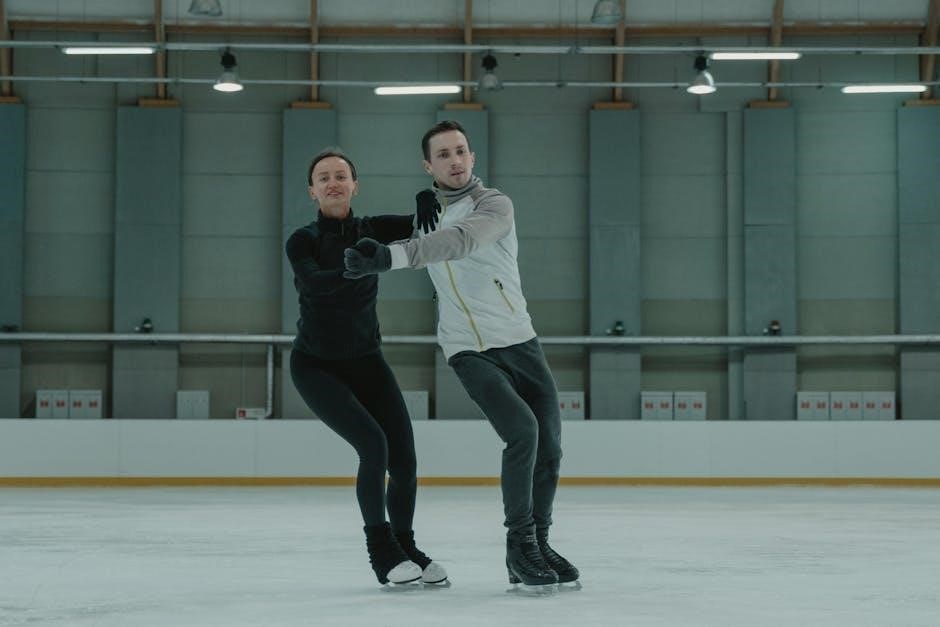
Preventing De Quervain’s Through Exercise
Regular stretching and strengthening exercises, along with ergonomic adjustments, can help prevent De Quervain’s․ Consistency in these routines reduces strain and promotes tendon health․
6․1 Ergonomic Modifications to Reduce Strain

Ergonomic adjustments play a crucial role in preventing De Quervain’s tenosynovitis by minimizing repetitive strain on the wrist and thumb․ Proper workspace setup, such as positioning the keyboard and mouse to avoid wrist bending, can significantly reduce the risk․ Using ergonomic tools, like curved scissors or grips, can also alleviate strain․ Additionally, taking regular breaks to stretch and avoiding activities that involve repetitive thumb movements can help․ Simple modifications, such as adjusting hand positioning during tasks and using assistive devices, can further protect the tendons․ By implementing these changes, individuals can reduce their likelihood of developing De Quervain’s and maintain long-term tendon health․
6․2 Regular Hand and Wrist Exercises for Maintenance
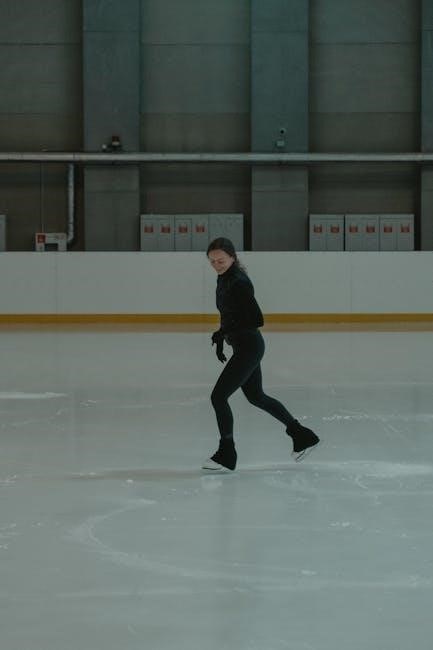
Consistent hand and wrist exercises are essential for maintaining tendon health and preventing the recurrence of De Quervain’s tenosynovitis․ Gentle stretching exercises, such as wrist extensions and thumb stretches, can improve flexibility and reduce stiffness․ Strengthening exercises, like using light resistance bands or small weights, help build forearm and hand muscles, providing better support to the tendons․ Tendon gliding exercises, which involve moving the fingers and thumb through a series of positions, can also enhance mobility and reduce inflammation․ By incorporating these exercises into a daily routine, individuals can maintain optimal hand function and reduce the risk of future flare-ups․ Regular practice, even after recovery, is key to long-term management․

Advanced Rehabilitation Techniques
Advanced techniques include joint mobilization, neural mobilization, and combination therapies to enhance tendon healing and restore full functionality in the wrist and thumb․
7․1 Joint Mobilization and Neural Mobilization
Joint mobilization involves targeted movements to improve wrist and thumb joint mobility, reducing stiffness and enhancing flexibility․ Neural mobilization focuses on relieving tension in nerves, such as the radial nerve, which may be irritated in De Quervain’s․ These techniques, often performed by physical therapists, help restore normal tendon glide and nerve function․ Joint mobilization can include gentle oscillations or passive stretches, while neural mobilization may involve sliding or tensioning exercises for the nerves․ Together, they address both mechanical and neurological components of the condition, promoting better movement and reducing discomfort․ Regular practice of these advanced techniques can accelerate recovery and improve long-term hand function․ Proper guidance is essential for safe and effective implementation․
7․2 Combination Therapy for Optimal Recovery
Combination therapy integrates various treatment approaches to enhance recovery from De Quervain’s tenosynovitis․ This holistic method combines exercises, physical therapy, and lifestyle modifications․ For instance, incorporating strengthening exercises with joint mobilization can improve tendon health and joint mobility․ Additionally, using braces or splints alongside anti-inflammatory medications can reduce pain and inflammation․ Ice therapy and ergonomic adjustments to daily activities further support healing․ By addressing both physical and lifestyle factors, combination therapy accelerates recovery and restores hand function․ A tailored approach, guided by a healthcare professional, ensures optimal results and minimizes the risk of recurrence․ Consistency and adherence to the treatment plan are crucial for achieving long-term relief and preventing future episodes․
Consistency and patience are key․ Exercises offer effective pain relief and restore function, aiding full recovery and improving daily activities․

8․1 Summary of the Importance of Exercise in Managing De Quervain’s
Exercise plays a vital role in managing De Quervain’s tenosynovitis by reducing pain, improving tendon mobility, and preventing further inflammation․ Regular stretching and strengthening exercises help restore normal wrist and thumb function, enabling individuals to perform daily activities without discomfort․ By addressing the root causes of the condition, exercises promote tendon health and durability, reducing the risk of recurrence․ Consistency is key, as a well-structured routine can lead to significant improvement over time․ Combining exercise with rest and ergonomic adjustments ensures a holistic approach to recovery․ For those seeking guidance, a De Quervain’s exercises PDF provides a structured plan to follow, making it easier to adhere to the recommended regimen․
8․2 Encouragement to Continue with the Exercise Routine
Consistency is key when managing De Quervain’s tenosynovitis through exercise․ While progress may seem slow, each session brings you closer to relief and improved function․ Celebrate small victories, like reduced pain or easier daily tasks, to stay motivated․ Remember, exercises are a long-term investment in your hand and wrist health․ Even if symptoms improve, continuing the routine prevents recurrence and maintains strength․ For guidance, a De Quervain’s exercises PDF offers clear instructions and reminders to keep you on track․ Stay committed, and you’ll reap the rewards of a healthier, pain-free lifestyle․ Your effort today leads to lasting results tomorrow․
